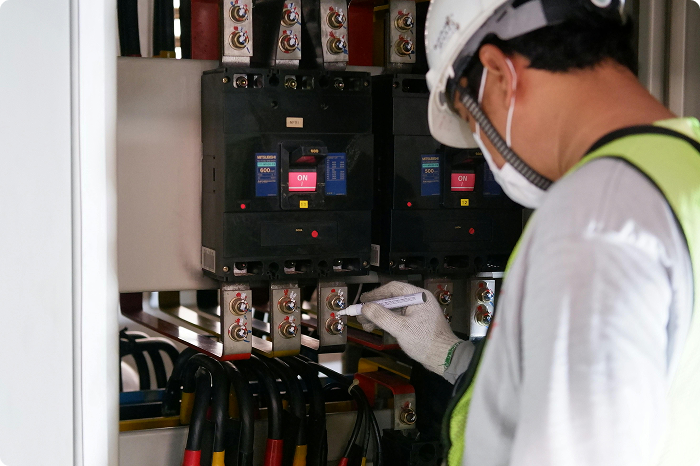Understanding Circuit Breaker Issues: Diagnosing and Fixing Tripping Problems
By Beth Yates · Jul 25, 2025

When it comes to circuit breakers, tripping can be an annoying and potentially hazardous issue for homeowners. If your circuit breaker continuously trips, it may indicate underlying electrical problems that need attention. This article explores the common causes of circuit breaker issues, including why they trip, and provides practical advice on diagnosing and resolving such problems. By understanding these key points, you can ensure the safety and efficiency of your home's electrical system.
Common Causes of Circuit Breaker Tripping
Overloaded Circuit
One of the most frequent reasons for a circuit breaker to trip is an overloaded circuit. This occurs when the electrical demand on a single circuit exceeds its capacity. For example, plugging too many high-power appliances into one circuit can cause it to trip. To prevent this, distribute your electrical load more evenly across different circuits.
Short Circuit
A short circuit can happen when a hot wire comes into contact with a neutral wire, causing a surge of electricity. This condition is dangerous and often results in a circuit breaker tripping to prevent wiring damage and potential fires. Diagnosing a short circuit usually involves identifying burnt or melted wires and replacing them.
Ground Fault
A ground fault occurs when a hot wire touches a ground wire or the side of a metal outlet box. Similar to a short circuit, this can cause a rise in electrical flow, prompting the breaker to trip. Ground faults often happen in areas where water is present, like kitchens or bathrooms, necessitating the use of GFCI (Ground Fault Circuit Interrupter) outlets .
Diagnosing Circuit Breaker Issues
Inspecting the Circuit Breaker Panel
Your first step should be to inspect the circuit breaker panel. Identify the tripped breaker and reset it by switching it off and then turning it back on. If the breaker trips immediately, there may be a more serious issue at hand.
Check for Overloaded Circuits
Examine what appliances or devices are connected to the problematic circuit. Disconnect all devices and reset the breaker. Start plugging in devices one at a time to pinpoint which one triggers the tripping. This helps identify if the issue is due to an overloaded circuit.
Look for Short Circuits or Ground Faults
Inspect the wiring and outlets connected to the tripped circuit for signs of damage, such as burn marks or melted insulation. Use a multimeter to test for continuity and proper connections. If you find any damaged wires, replace them promptly .
Preventing Circuit Breaker Issues
Regular Maintenance
Ensure that all electrical components are in good condition and meet safety standards. Inspect your electrical system regularly and consider upgrading old wiring and circuit breakers, especially in older homes with outdated systems like fuse boxes.
Distribute Electrical Load
Avoid overloading circuits by balancing your electrical load across multiple circuits. Be mindful of high-wattage appliances and spread their usage to different circuits to prevent overloading one particular area.
Install GFCI and AFCI Protection
Installing GFCI outlets in areas prone to ground faults and AFCI (Arc Fault Circuit Interrupter) protection for circuits that are susceptible to arc faults can enhance safety and prevent frequent tripping .
When to Call a Professional
If you've tried diagnosing and fixing the breaker issue without success, it might be time to call a professional. Electrical problems can be complex and dangerous for those without proper expertise. A licensed electrician can safely evaluate and resolve circuit breaker issues, ensuring your home's electrical system operates smoothly.
If you need help with diagnosing or fixing your circuit breaker issues, consider turning to professionals. For more detailed guidance and to find licensed experts, visit HouzTask AI or Find a pro.
By following the steps outlined in this article, you can better understand the common causes of circuit breaker issues and take appropriate actions to prevent and resolve them. Remember, safety is paramount, and seeking professional help when needed is always a wise decision.
Need help?
Let HouzTask help you diagnose the issue or connect with a trusted local pro — in minutes.
Get Started with HouzTask